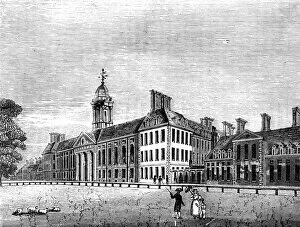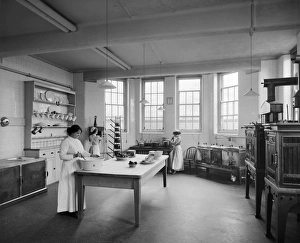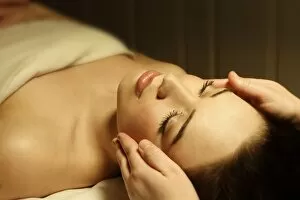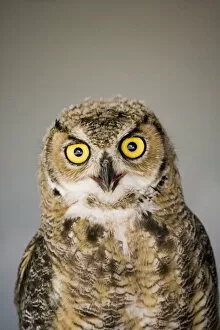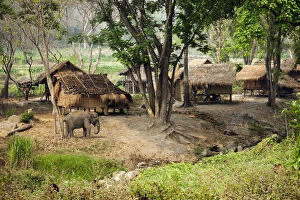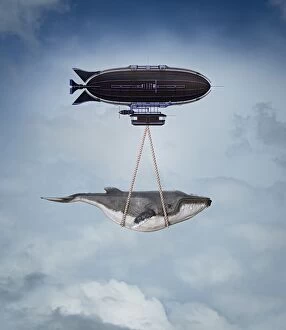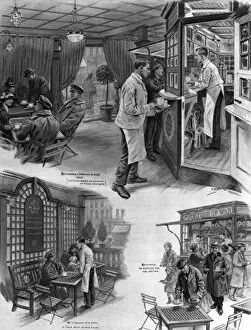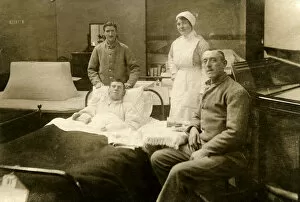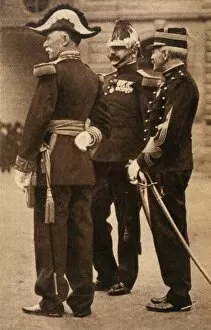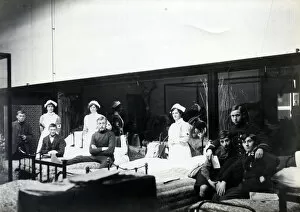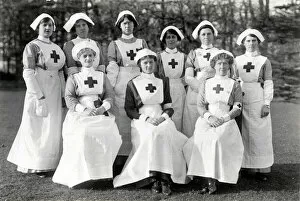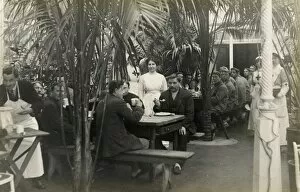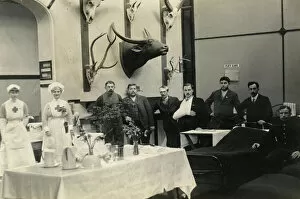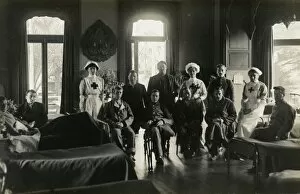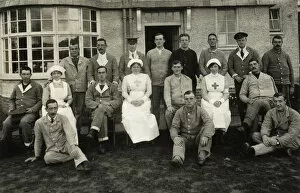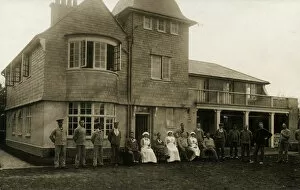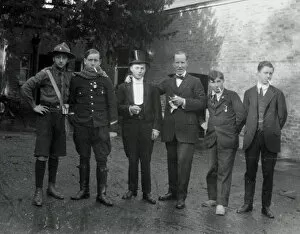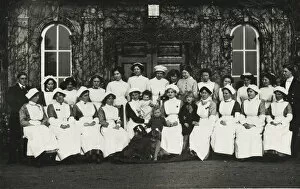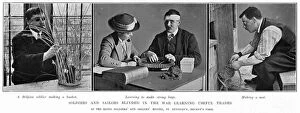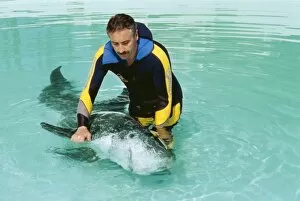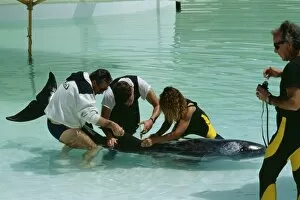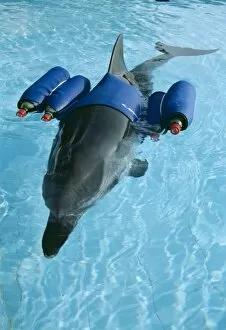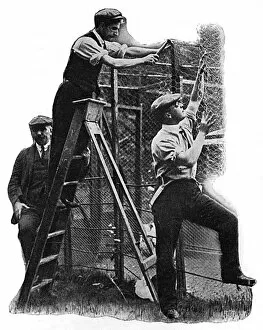Rehabilitation Collection (#3)
"Rehabilitation: Restoring Hope and Healing Lives" In the tranquil surroundings of Brockhall Hospital, Langho, near Blackburn, Lancashire
For sale as Licensed Images
Choose your image, Select your licence and Download the media
"Rehabilitation: Restoring Hope and Healing Lives" In the tranquil surroundings of Brockhall Hospital, Langho, near Blackburn, Lancashire, a journey towards rehabilitation begins. Here, individuals find solace and support as they embark on a path to recovery. Guiltcross Union Workhouse in Kenninghall, Norfolk holds stories of resilience and transformation. Once a place of hardship, it now stands as a symbol of second chances. Within its walls, lives are rebuilt and futures reshaped. A German poster campaign for injured soldiers depicts the power of rehabilitation. It serves as a reminder that even amidst adversity, there is hope for restoration and renewal. Picture No. 10900759 captures the tender bond between a Brown-throated Three-toed Sloth mother and her newborn baby. In their slow-paced world, rehabilitation takes time but brings forth new beginnings. The portrait of orphaned juvenile Sophie portrays the indomitable spirit found within chimpanzees at Sweetwaters Chimpanzee Sanctuary. As she suckles on a piece of grass or enjoys fruits with gusto, Sophie teaches us about resilience in the face of adversity. At Bad Wildungen in Germany lies an oasis where taking water becomes more than mere hydration; it becomes an essential part of rejuvenation. The benefits gained from this therapeutic practice highlight the importance of holistic approaches to rehabilitation. During WW1's blind soldiers regatta at Putney, we witness not only physical strength but also mental fortitude being honed through sportsmanship and camaraderie—a testament to how rehabilitation extends beyond physical healing alone. Within Guiltcross Union Workhouse emerges another tale—blind ex-servicemen learning anatomy and massage after WW1—an embodiment of determination overcoming obstacles once thought insurmountable. Nature's fauna offers valuable lessons in adaptation and recovery—their innate ability to heal inspires us all to embrace our own journeys towards personal growth and restoration. Rehabilitation encompasses more than physical recovery.





